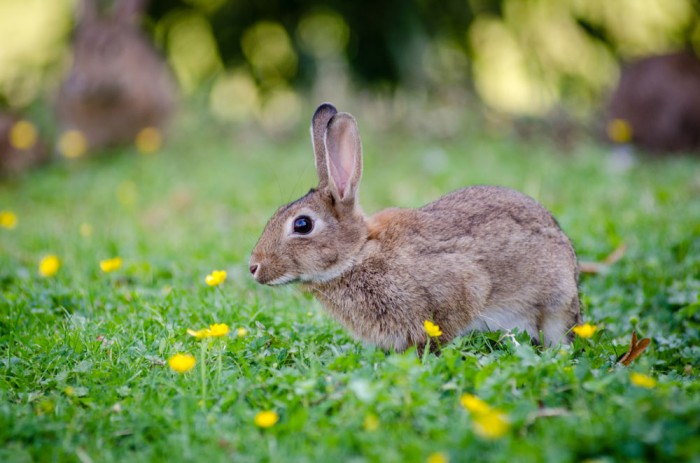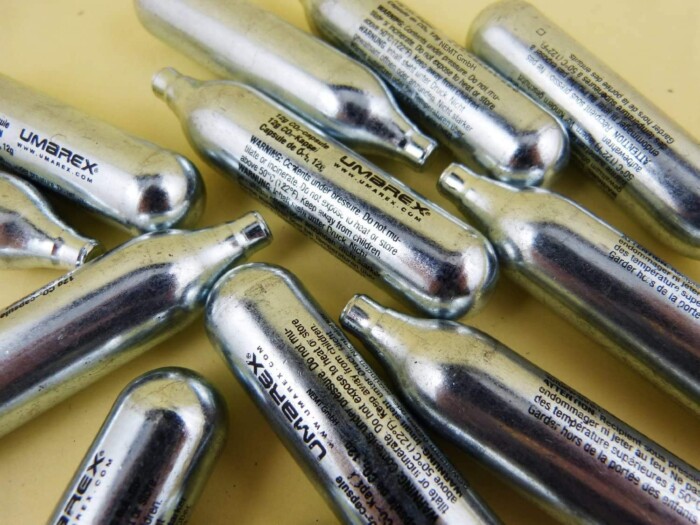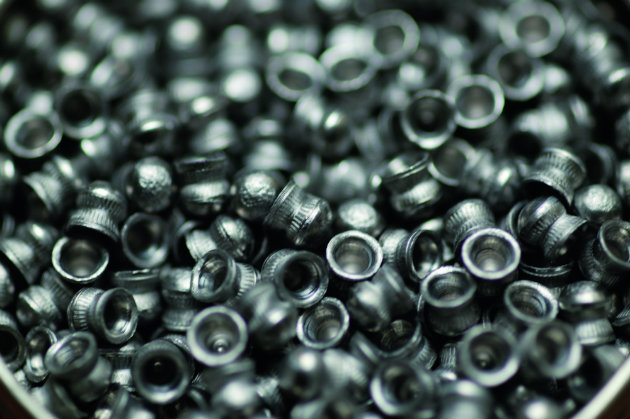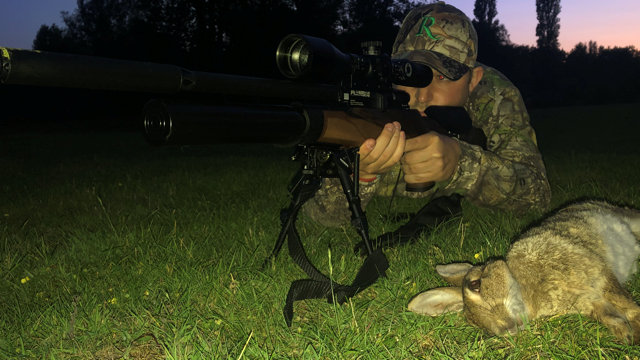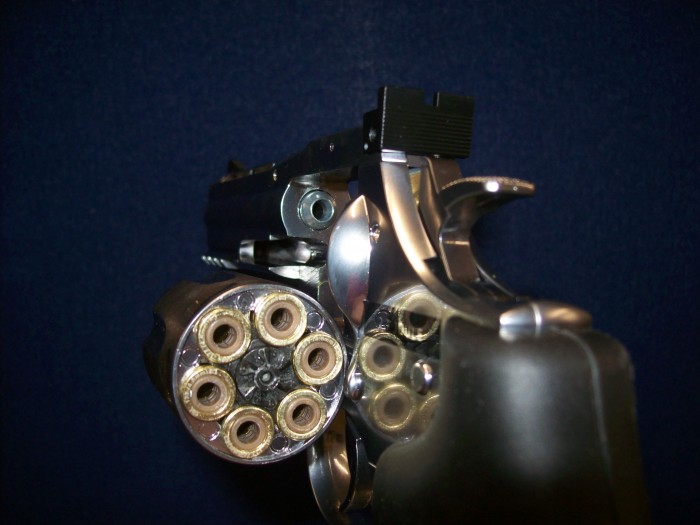When it comes to pest control, the Reximex Lyra-K can make all the difference. Whether you’re dealing with smaller pests like rats or larger targets such as rabbits and squirrels, the Reximex Lyra-K has you covered with its versatile range of calibres. Available in .177, .22, and .25, this lightweight, compact PCP air rifle offers the perfect balance of power, precision, and portability, making it an excellent choice for anyone serious about pest control.
In this post, we’ll explore why the Reximex Lyra-K stands out across its different calibres and how its thoughtful design makes it a reliable tool for pest control, no matter your specific needs.
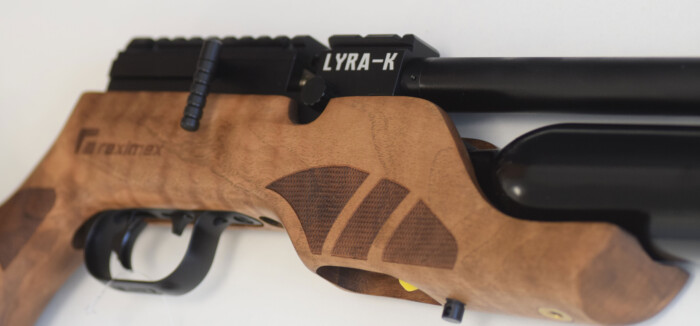
Choosing the Right Calibre: .177, .22, or .25?
One of the first things you’ll want to consider when choosing a Lyra-K is which calibre suits your pest control needs best. Let’s take a quick look at what each calibre offers:
- .177 Calibre: Known for its speed and accuracy, the .177 is perfect for smaller pests like rats and birds, particularly at longer distances. It’s a great option if you’re prioritizing precision, and its flatter trajectory makes it ideal for hitting targets further away. It’s also widely used in target shooting, so if you’re looking for a rifle that doubles as a target shooter, the .177 is a solid choice.
- .22 Calibre: If you’re looking for more stopping power while maintaining good accuracy, the .22 calibre is a versatile option. It’s a fantastic middle ground, offering enough power to take down slightly larger pests like rabbits or squirrels, but with less recoil than the .25. It’s great for both short and medium-range pest control, and many shooters find it to be the perfect balance between power and precision.
- .25 Calibre: For those needing serious knockdown power, the .25 calibre packs the most punch. This is ideal for close-range dispatch where larger pests are involved. If you need to humanely take down pests at closer distances with guaranteed stopping power, the .25 version of the Lyra-K will get the job done efficiently.
Each calibre has its own advantages, but no matter which you choose, the Reximex Lyra-K is built to perform.
The Power of the Lyra-K Across Calibres
Regardless of calibre, the Reximex Lyra-K delivers consistent performance. Equipped with a 250cc air reservoir, this PCP air rifle offers plenty of shots between fills, ensuring you won’t have to stop frequently to recharge. The rifle’s power adjuster lets you fine-tune your shots based on the task at hand. Whether you’re taking careful aim at a distant target with the .177 or ensuring a clean takedown up close with the .25, the Lyra-K adapts to your needs.
One of the standout features of the Lyra-K is its biathlon-style cocking lever, which makes reloading smooth and quick, allowing you to stay focused on your target. Combined with an adjustable 4-way trigger, you can customize the trigger pull to your exact preferences, giving you full control over every shot.
Compact and Lightweight: Perfect for Manoeuvrability
One of the biggest challenges in pest control, especially in tight or confined spaces like barns, attics, or dense shrubbery, is being able to move quickly and handle your rifle with ease. This is where the Reximex Lyra-K really shines.
At just 880mm in length and weighing only 2.8kg, the Lyra-K is incredibly compact and easy to manoeuvre. Whether you’re crawling under a shed to get a clean shot at a hidden rat or navigating through thick foliage while tracking a squirrel, the lightweight design allows for quick movements without sacrificing control. The shorter length means the rifle can be brought up to your shoulder quickly, giving you faster target acquisition—crucial when pests are on the move.
For those long hours spent out in the field or tracking through varied terrain, the lightness of the Lyra-K really reduces fatigue, letting you stay sharp and reactive for longer periods. The rifle’s manageable size also makes it easy to carry, whether slung over your shoulder or in hand, so you’re always ready for action.
Precision with Every Shot
While the Lyra-K offers impressive power, it also prioritizes precision. No matter which calibre you choose, you can expect accuracy from the shrouded 38cm barrel, designed to minimize noise while keeping shots on target. For pest control, where a clean, humane dispatch is important, being able to hit your mark with confidence is key.
The power adjuster is another important feature, allowing you to tailor your shots to match the distance and type of pest you’re dealing with. For smaller targets at longer distances, the .177’s speed and precision shine, while the .25’s knockdown power can be dialled back for short-range precision. This kind of flexibility is rare in air rifles, and it’s what makes the Lyra-K so effective for a wide range of pest control needs.
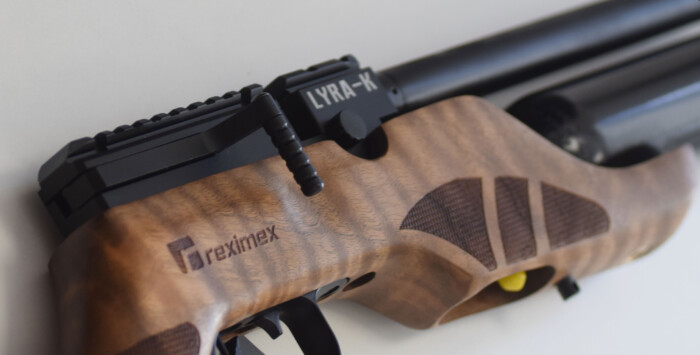
A High-Quality Walnut Stock for Comfort and Durability
The Reximex Lyra-K isn’t just about performance—it’s also a pleasure to handle, thanks to its beautifully crafted Turkish walnut stock. The stock not only looks stunning but is designed for comfort, making those long hours in the field more manageable. The ergonomic design ensures that the rifle sits comfortably against your shoulder, providing stability and reducing fatigue.
The Turkish walnut stock of the Reximex Lyra-K isn’t just functional—it’s a true work of art. The natural grain and intricate patterns of the walnut give each rifle a unique, handcrafted appearance that’s sure to catch the eye. With its rich, deep colour, the stock exudes a sense of quality and tradition, elevating the rifle’s aesthetic appeal. Whether you’re displaying it in your collection or taking it out into the field, the Lyra-K’s walnut stock adds a touch of elegance that complements its high-level performance.
Walnut stocks are known for their durability, so you can rely on your Lyra-K to withstand the rigours of outdoor use. Whether you’re hunting in damp fields, dusty barns, or anywhere in between, the rifle’s stock will hold up and continue to provide a comfortable shooting experience.
Practical Features for Field Use
Reximex has designed the Lyra-K to be as practical as it is powerful. The rifle comes with a multi-shot magazine, meaning you have plenty of shots before needing to reload—a huge plus when you’re dealing with multiple garden pests. The rifle also includes a Picatinny rail, allowing you to easily attach accessories like bipods or lasers to further enhance your shooting setup.
The Lyra-K is also fitted with a 1/2″ UNF thread on the barrel, making it easy to attach a moderator for quieter shooting. This is particularly useful when you’re in areas where noise needs to be kept to a minimum, ensuring you can maintain stealth while controlling pests.
Finally, the 250cc air reservoir gives you plenty of shots per fill, reducing the need for constant refilling during your pest control sessions. This convenience allows you to stay focused on the task at hand without worrying about running out of air.
Final Thoughts
Whether you’re dealing with small pests or larger targets, the Reximex Lyra-K offers the power, precision, and manoeuvrability needed for effective pest control. Its lightweight build and compact size make it ideal for moving quickly in tight spaces, while its range of calibres ensures that you have the right tool for any job.
With its high-quality design, practical features, and customisable performance, the Reximex Lyra-K is a top choice for pest control enthusiasts looking for a reliable and versatile PCP air rifle.




